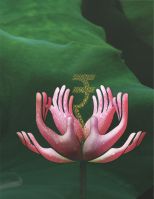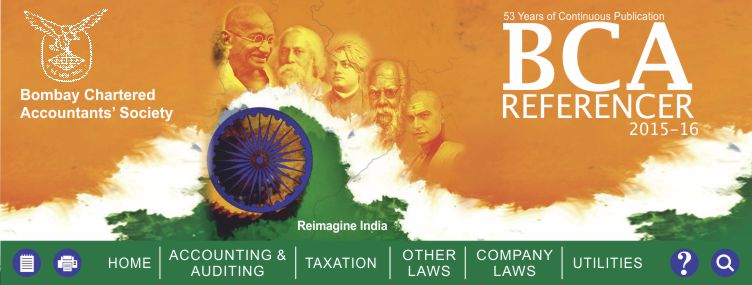|
India is a large country blessed with abundant natural resources and yet populated by poor people. If “intelligent human beings” are the most important natural resource, why should India remain poor?
The Indian civilisation is one of the oldest in the world. India’s history boasts of glory, prosperity, and progress. India’s wealth goes beyond the material and monetary. India has contributed to science, astronomy, medicine, mathematics and many more areas. All are commendable and worthy of remembrance and celebration. However, India has also been fortunate to have had Thinkers and Ideators who have left behind a glorious legacy and wealth of knowledge and ideas that are relevant even today.
Chanakya (also known as Kautilya or Vishnu Gupta) – Teacher, philosopher, political strategist and economist. His ‘Arthashastra’ discusses monetary & fiscal policies, welfare, international relations, duties of a ruler and war strategies.
Swami Vivekananda (born Narendra Nath Datta) – Introduced the Indian philosophies to the world, raised interfaith awareness and contributed to the concept of nationalism in colonial India. He believed that a country’s future depended on its people and his teachings focused on human development.
Periyar (born Erode Venkata Ramasamy) – Propagated nationalism, self-respect, women’s rights and eradication of caste system. The UNESCO citation describes him as “the prophet of the new age, Socrates of South East Asia, father of social reform movement and arch enemy of ignorance, superstitions, meaningless customs and base manners.”
Rabindranath Tagore (known as Gurudev) – Was highly influential in introducing the best of Indian culture to the West. Known to be India’s William Shakespeare, Rudyard Kipling and Leonardo da Vinci rolled into one. He holds the unique honour of writing the National Anthem of India, Bangladesh & Sri Lanka.
Mahatma Gandhi (born Mohandas Karamchand Gandhi, known as ‘Father of the Nation’, ‘Mahatma’ and ‘Bapu’) – His ideas and ideals are called Gandhism or Gandhigiri as made popular in the movie ‘Lage Raho Munnabhai’. In essence, Gandhism is a political creed, an economic doctrine, a religious outlook, a moral precept and a humanitarian world view. All his teachings and actions were based on undying faith in the goodness of human nature.
There are countless others who have contributed to the Idea of India. The Gita is replete with wisdom and the Ramayan teaches the virtues of Ram Rajya. The leaders of today have an opportunity to draw from these, bring their own ideas and liberate India from poverty, mediocrity and corruption.
Have we, in recent times, vitiated an environment of ideation? Have we forgotten our ancient wisdom and the wealth of ideas left behind by our ideators? Have we become over enamoured with ideas of foreign origin (earlier West and recently East)? At the stage of development that India is, do we need to import ideas?
We have been gifted a unique opportunity in time to Reimagine India.
We have selected 6 symbols of India and attempted to link the theories to them.
 |
 |
 |
| India’s USP |
The Real Value of Rupee |
Top-down or Bottom-up |
| |
|
|
 |
 |
 |
| Foreign Direct Investment |
Ease of Doing Business |
Lethargy of old Businesses and
the Raw
Energy of New Age Businesses |
|
